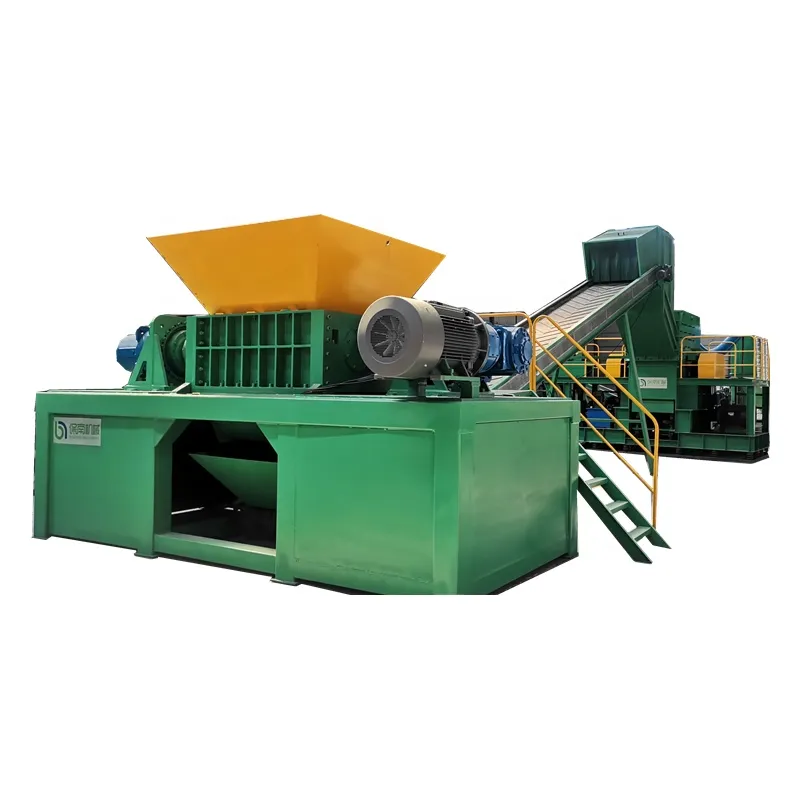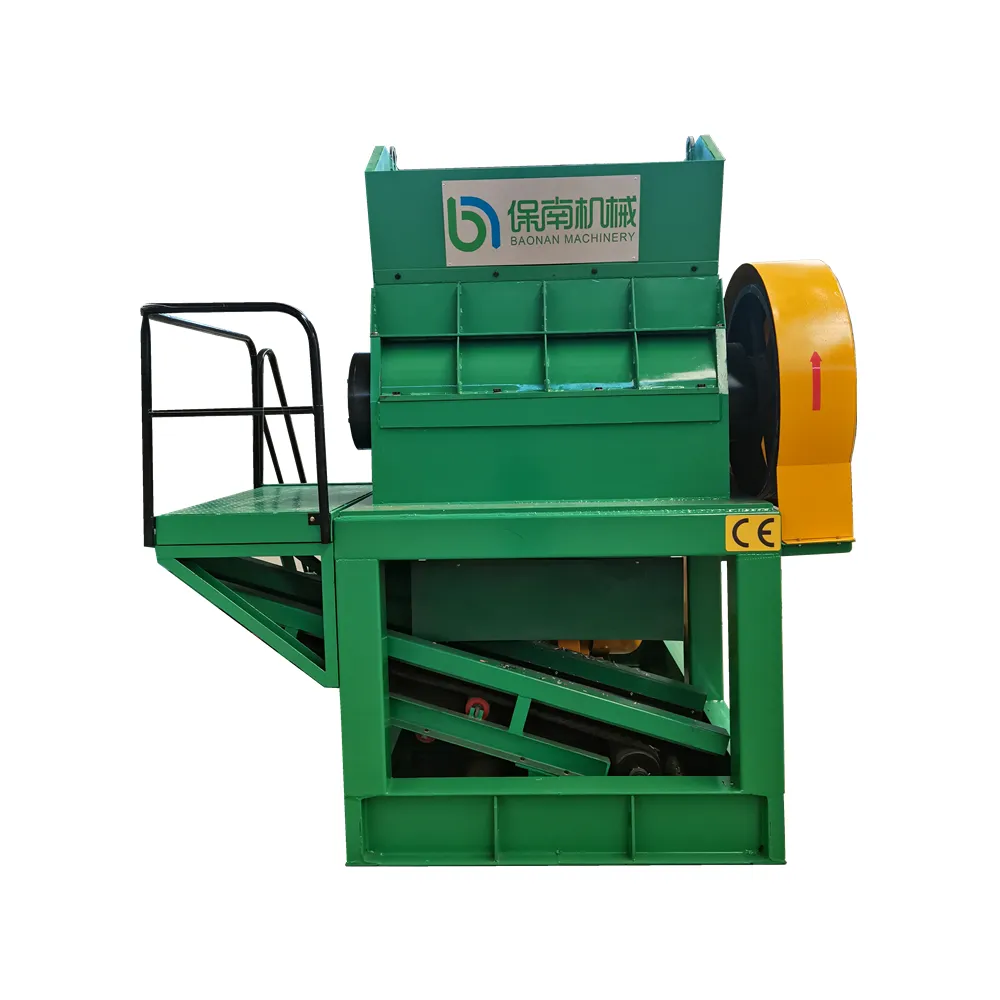The operating principle of an Eddy Current Separator (ECS) embodies a fascinating intersection of electromagnetic theory and practical engineering, utilized extensively in recycling industries to extract non-ferrous metals from waste streams. Unlike other forms of separation technologies, ECS harnesses the power of electromagnetism, a pivotal aspect that underscores its efficiency and effectiveness.

Delving into the intricacies of its operation, an Eddy Current Separator employs a conveyor belt system where waste materials are placed and transported towards a high-speed rotating drum, constructed with rare-earth magnets. This drum is pivotal as it generates a continuously changing magnetic field. When the waste material enters this fluctuating magnetic field, eddy currents are induced in conductive metals present among them. These eddy currents create their own magnetic field, opposing the original magnetic field generated by the separator. This repulsion causes the non-ferrous metals to be literally 'thrown' from the remaining inert and non-metallic materials, achieving an effective separation.
The efficiency of separation largely relies on several factors, including the speed of the rotor, the magnetic intensity, and the configuration of the ECS. The rotor speed is crucial — a higher speed increases the strength of the induced magnetic fields, thereby enhancing the repulsion force experienced by non-ferrous metals. It’s optimal to adjust the rotational speed based on specific material characteristics to ensure maximum recovery of valuable metals. Moreover, magnetic pole arrangement of the rotor is another vital element. A series of alternating poles create a more turbulent magnetic field, enhancing the separation process by effectively deflecting non-ferrous particles out of the waste stream.

Understanding the nuances of the Eddy Current Separator design is vital for optimizing its performance. The surface material of the conveyor belt is designed to minimize friction and resist wear under constant cycling conditions, ensuring durability and maintaining efficiency. Additionally, the gap between the rotor and the conveyor belt surface must be minimized to maintain a potent field intensity while avoiding physical contact, which could result in wear and system failures.
From a technical standpoint, ECS manifests its versatility and importance especially in the recycling industry, where reclaiming non-ferrous metals like aluminum and copper is crucial both economically and environmentally. The ongoing advancements in ECS technology have directed its applications to include more diversified waste streams and more complex recycling scenarios. ECS provides an environmentally friendly option, reducing the necessity for primary extraction and thus conserving natural resources.
eddy current separator working principle
The development of ECS technology also emphasizes the broader scope of sustainability in industrial applications. Modern variations of Eddy Current Separators are now being engineered to consume less energy, while innovative structural materials reduce overall wear and enhance lifespan, reflecting a sophisticated integration of efficiency, cost-effectiveness, and sustainability.
Operators of ECS systems benefit from consistent training and tweaking of machine parameters according to the specifics of the material stream being processed. Real-world experiences reveal that successful deployment of ECS technology hinges on thorough knowledge of material characteristics and diligent adjustment of operational settings.
Trust in the efficacy of Eddy Current Separator technology remains firm among industries that deal with metal recovery. This confidence is rooted in a legacy of continual innovation and reliable engineering, backed by exhaustive research and empirical evidence showcasing its outcomes.
The cyclical nature of non-ferrous metal markets underscores the importance of recycling technologies like ECS, which not only contribute to economic gains by recapturing valuable metals but also align with global efforts towards circular economies and sustainable material management. Such technologies stand as testament to the powerful capabilities of applying electromagnetism in resolving modern industrial challenges, offering a sustainable path forward in the realm of material recovery solutions.


